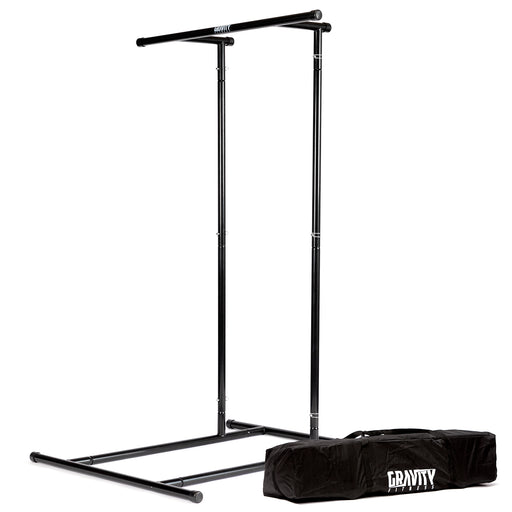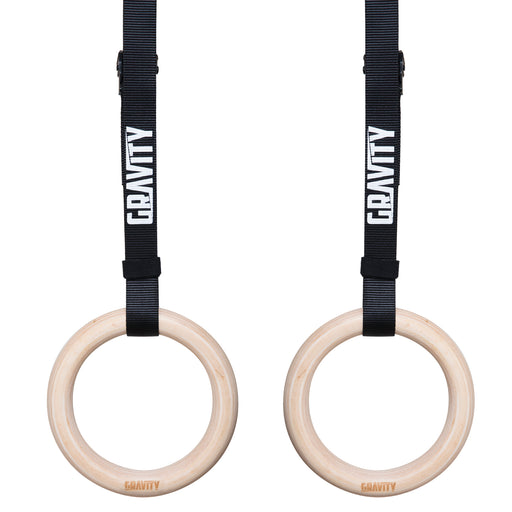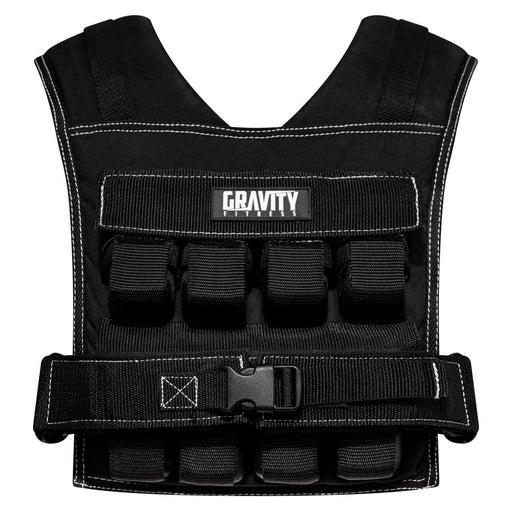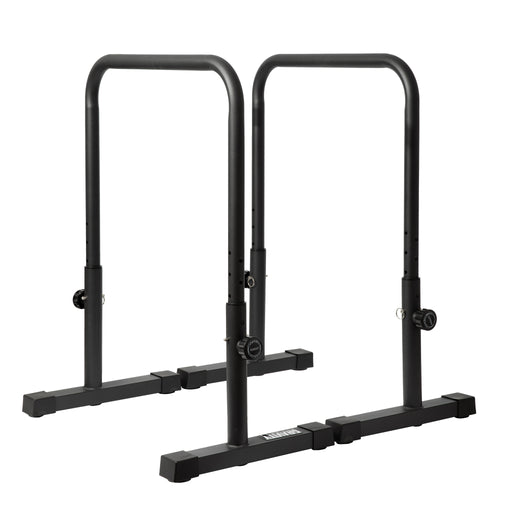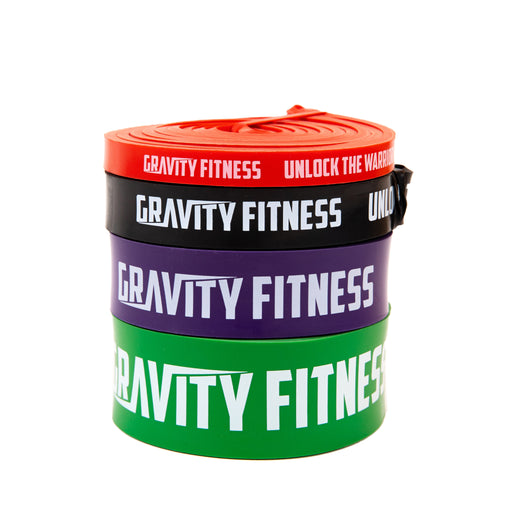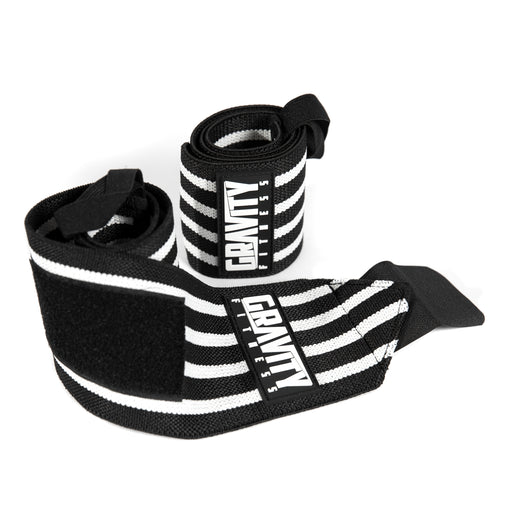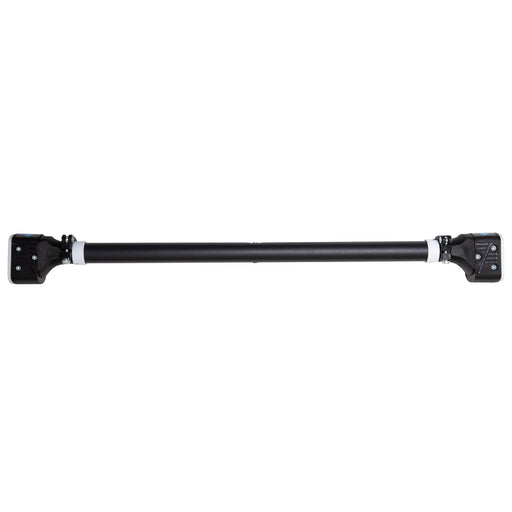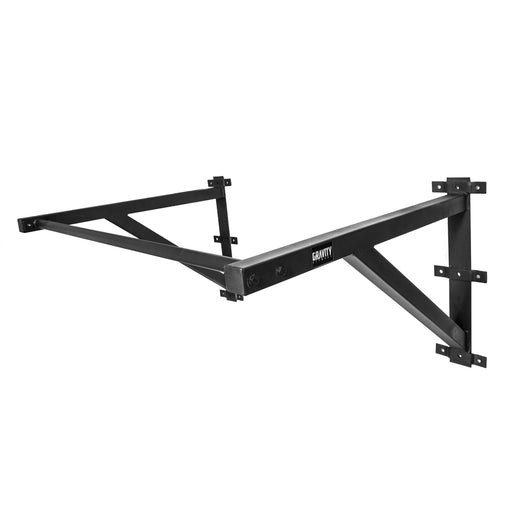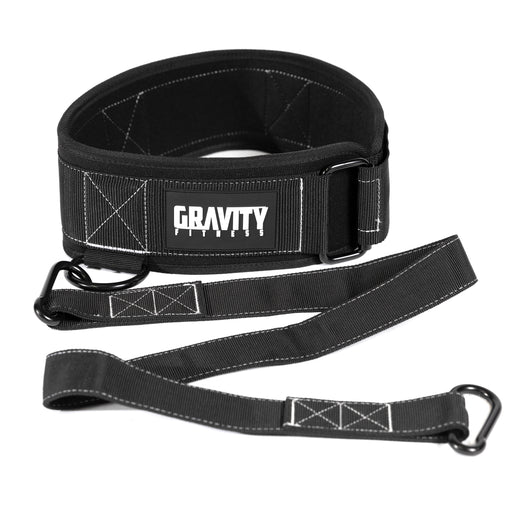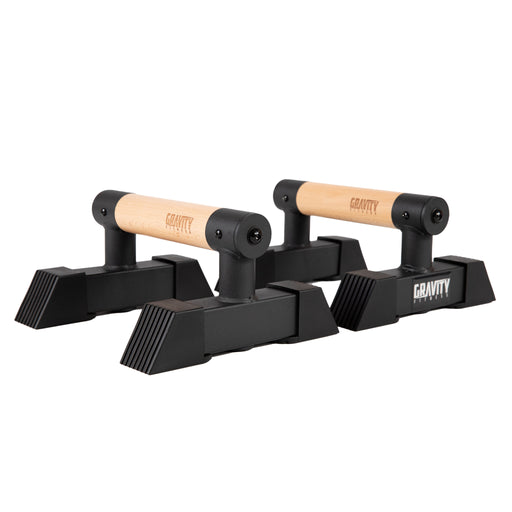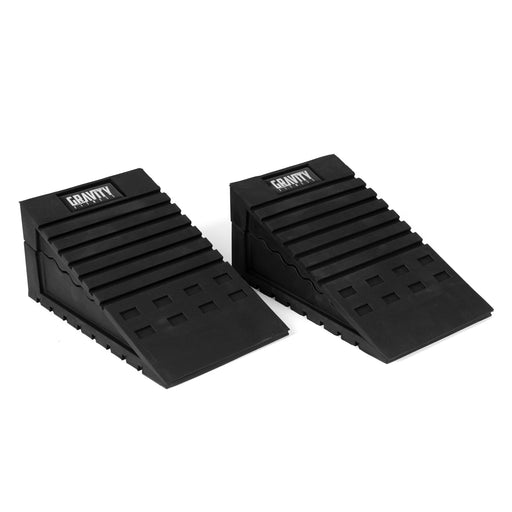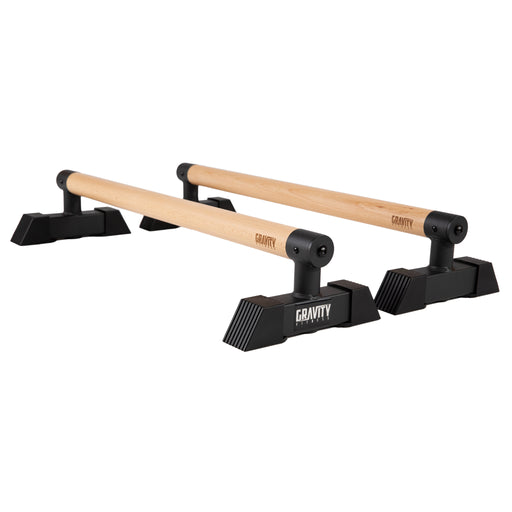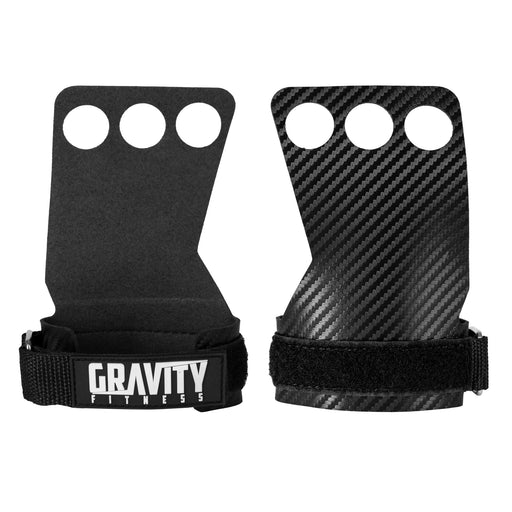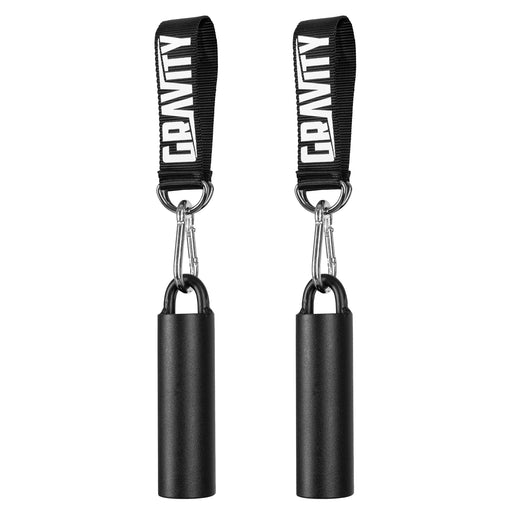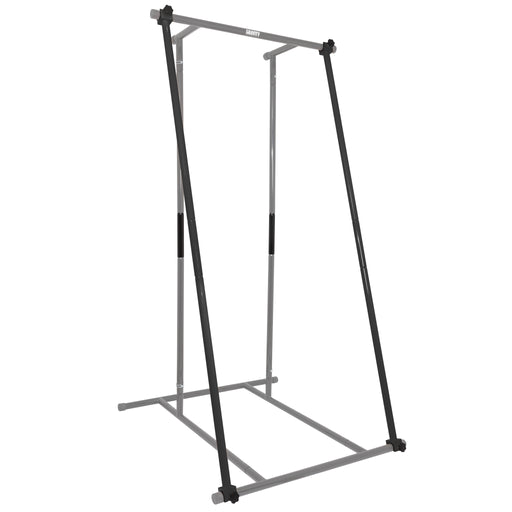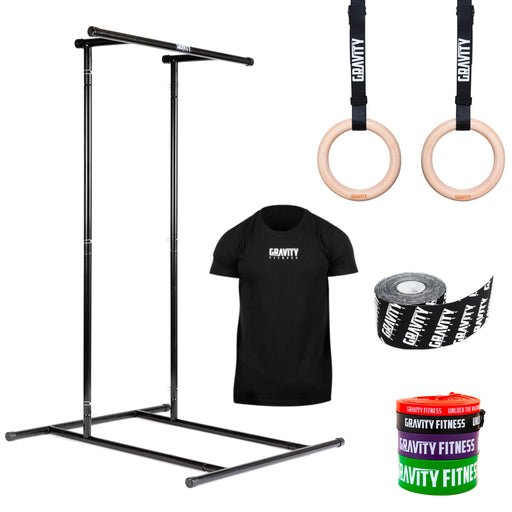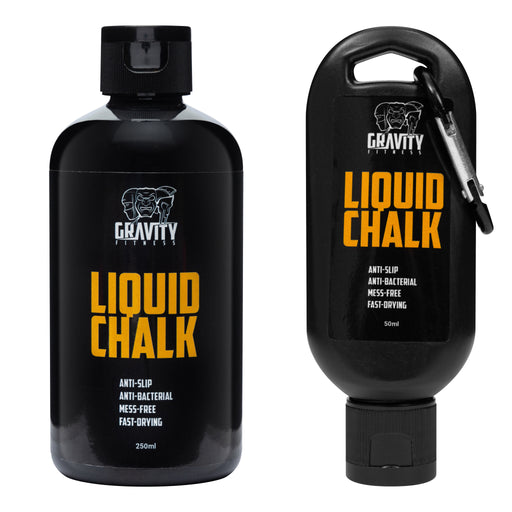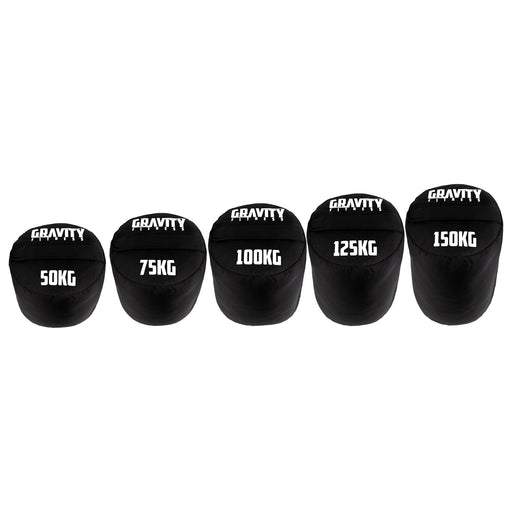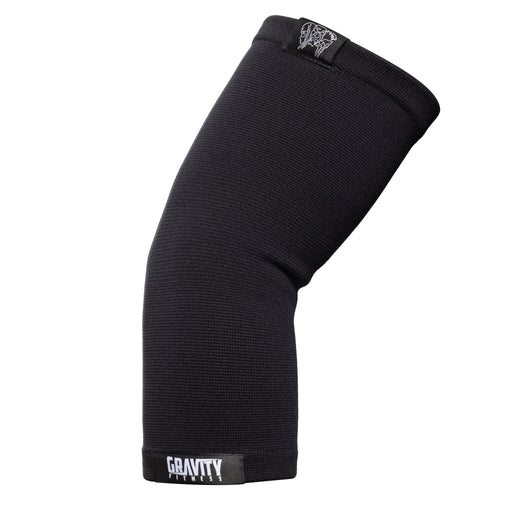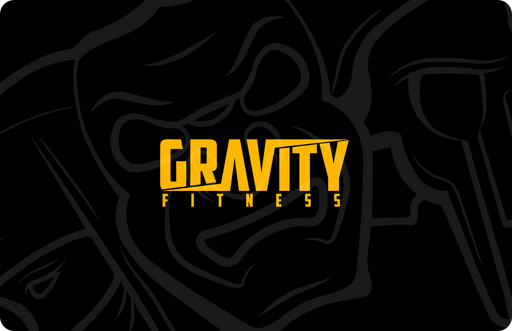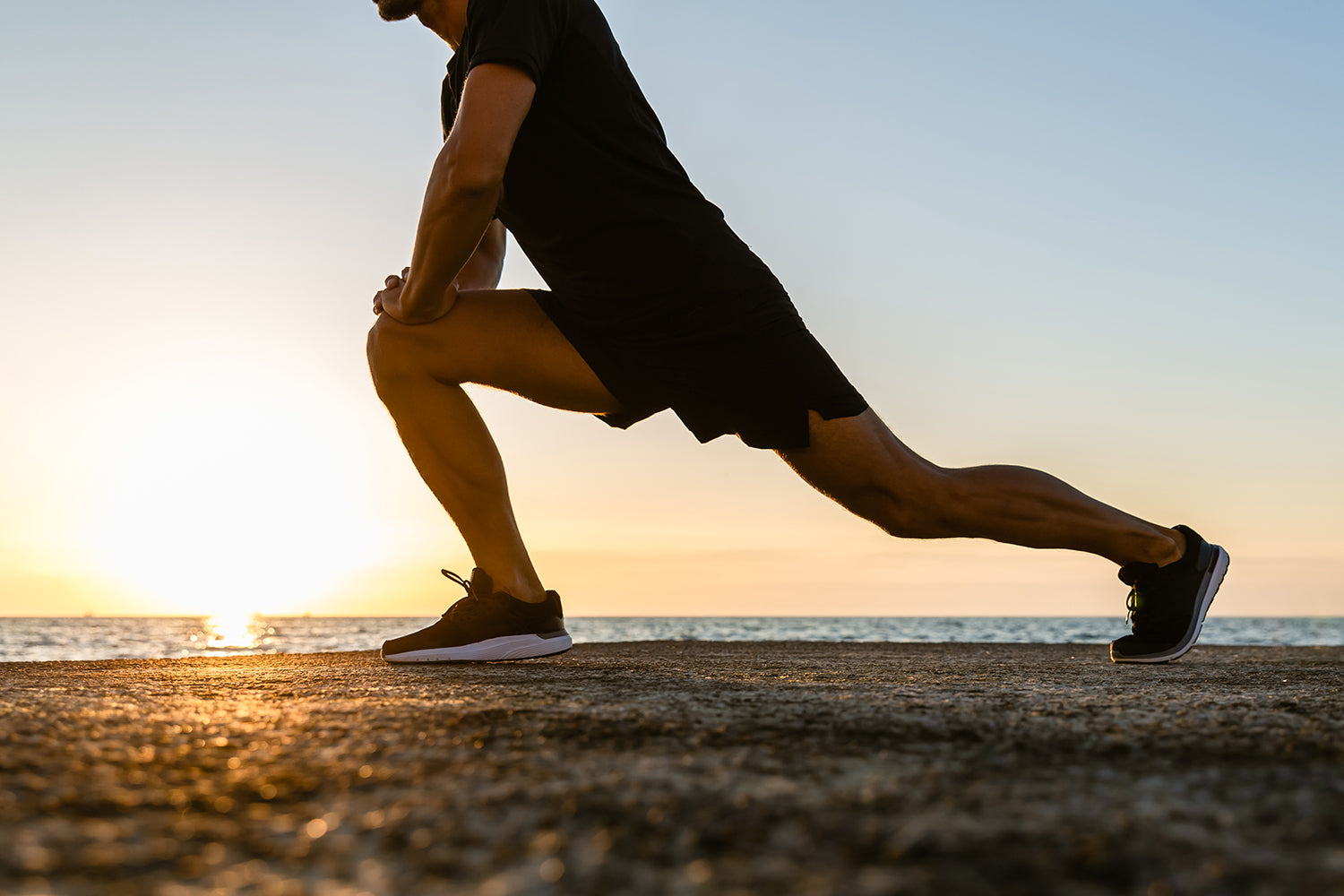
Bulletproof your legs with knees over toes training
Bulletproof your legs with knees over toes training
Knees over toes training has been shown to be hugely beneficial in kneehab, for knee pain in general and increasing ROM through the knee leading to greater jump height and further strength ballistically through the legs, but does it really work that effectively?
There has always been contention over how effective the knee over the toe can be, in various studies, but considering real world data, we can also discern that from some cultures and faiths, sitting in this fashion is perfectly normal and encouraged. Also various sports such as fencing, wrestling and sprinting all have the knees significantly over the toes through different stages of those sports. Can you perform a lunge pattern movement without the knees over the toes? What about a snatch, clean and jerk in lifting? None of theses seem to have huge knee issues or problems.
However, everyone’s knees are different, so we need to make sure we understand the implication and how the biomechanics of knees over toes actually works. One of the main things to think about with knees over toes is where the load/center of mass is during the exercise. If the load is centred correctly the knees can easily adapt to low force, like in a deep squat, or walking down stairs for example. In fact, restricting knee movement has been shown to promote lower back pain and issues. Fry, Smith & Schilling’s study, demonstrated that knee force increases when the knees move in front of the toes providing greater force and strength. However, when the knees are restricted from travelling forward, hip force increases by up to over 1000% to compensate and then the spinal erectors and lower back have to handle that extra force.
But what about long term issues with the knees using knees over toes? Well, consider that a paper published in Sports Medicine in 2013 looked at the risk of injury and degenerative conditions from performing deep squats (which force the knees to extend over the toes). The researchers concluded that any concerns about degenerative changes of the tendofemoral complex and the apparent higher risk for chondromalacia, osteoarthritis, and osteochondritis in deep squats were unfounded. What is also interesting is that the researchers found that the highest stresses on the knee occurred at 90 degrees, not in the deep squat position, hence deep squats being very good for flexibility and mobility training.
Even moving through moving backwards, with sleds, using the knees over toes methods, helps to strengthen the posterior chain through and open out the knee joint that way too. Opening the joint out enables ballistic strength, greater force application at the end ranges of motion and knee ROM as well. If you spend more time sedentary due to work, or lifestyle, these training methods utilising knees over toes, will enable greater motion in daily life, and prevent the issues of desk work at the same time.
I’ve had knee pain throughout my life, from Osgood Schaltter disease and patellofemoral issues, and I can tell you that the knees tracking over the toes unilaterally has been a saving grace for my knee issues. And my lower body has never been stronger. I use Tib Bars, Slant Boards, Nordic Curls and Backwards Sled Walks to correctly and safely train this way and it has been fantastic. Correct form is vital, and be aware of how your hips and pelvis track with these movements. Good strength here is incredibly important to help support knees over toes.
I can’t recommend knees over toes training enough and there are some fantastic resources out there to help you with your knee pain and to help you get started on that journey.
Always seek advice from a PT, coach or fitness professional when embarking on this journey, especially if you have had knee issues in the past.
Tag us @gravity.fitness on IG to show us your KOT range! And your rehab and flexibility journeys too!












